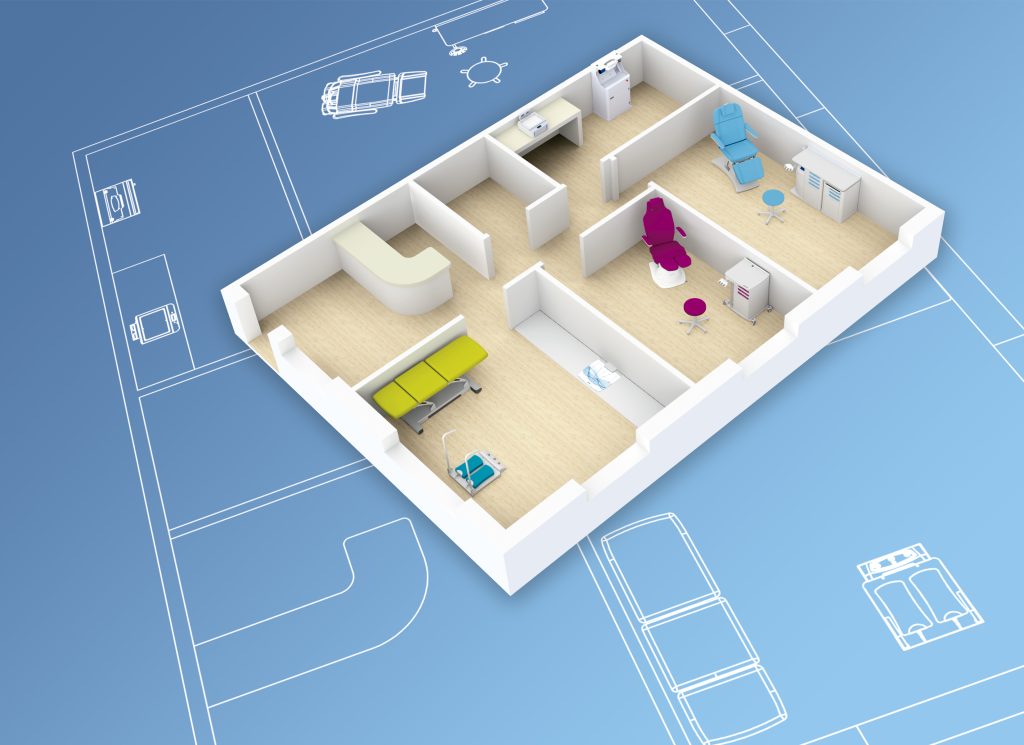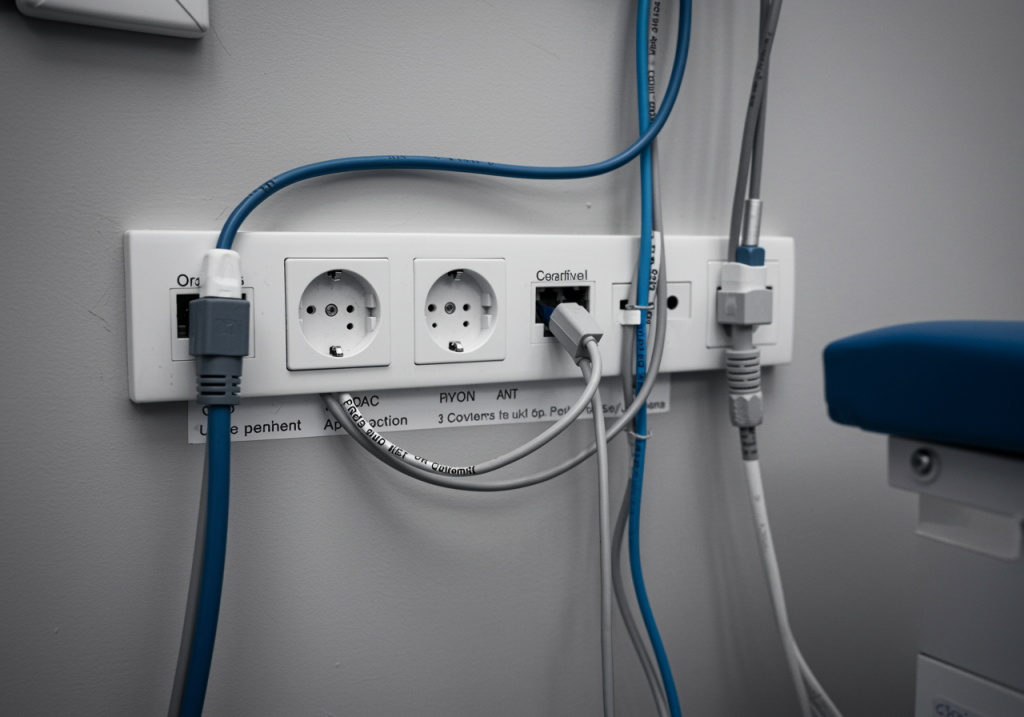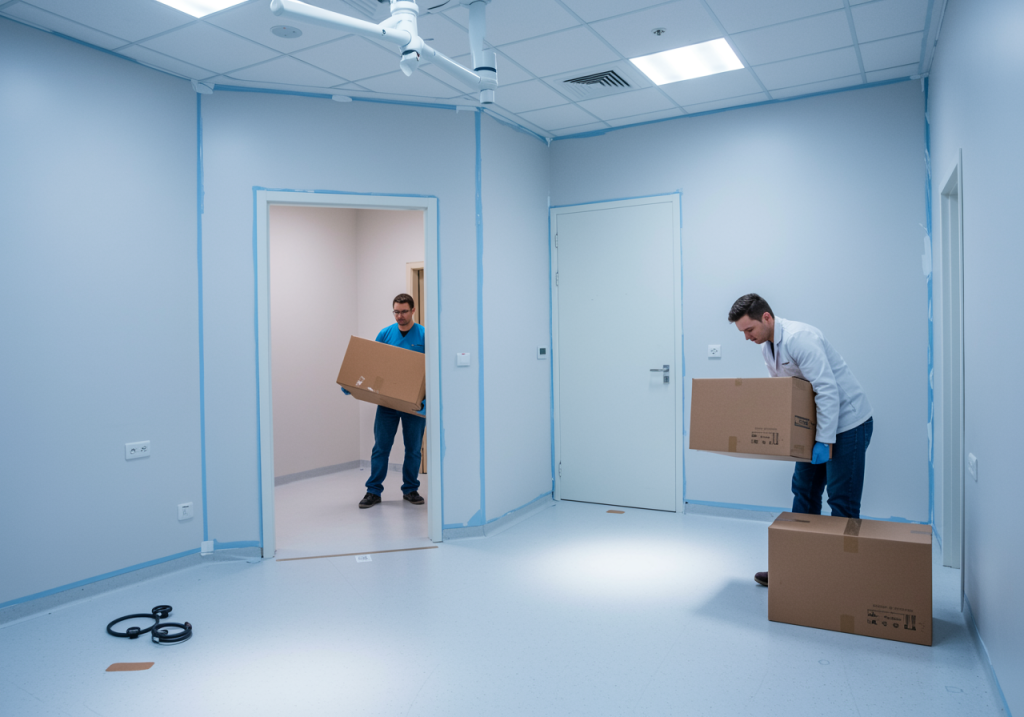Installing equipment is a crucial step in opening or modernizing a professional podiatric practice. It’s a moment in which every decision directly influences the quality of service you offer your patients. At Namrol, leaders in podiatry clinic equipment, we support you throughout this process to ensure your practice stands out for its efficiency, comfort, and safe care.
✅ 6 Essential Requirements for Equipping a Podiatric Practice
1. Design and Space: The Foundation of a Functional Practice
Before purchasing any equipment, it is essential to evaluate the available space and ensure it complies with the regulations in force in your autonomous community. Some general recommendations:- Minimum surface area: 15 m² for the main podiatry office. And approximately 10 m² for the secondary office.
- Minimum height: 2.5 meters in clinical work areas.

2. Technical Connections: The Precision That Makes the Difference
Advanced equipment requires specific technical infrastructure:- Independent electrical outlets with stable voltage.
- Certified ground connections.
- Data lines for digital devices.
- Namrol equipment does not require external water or air connections, as all systems are integrated into the unit, eliminating the need for additional connections.

3. Accessibility: Commitment to All Patients
Accessibility is not only a legal requirement, but a pillar of a clinic adapted to the comfort of its patients:-
- Entrance door with a minimum of 1 meter of clear passage.
- Turning space of at least 1.5 meters for wheelchairs.
- No architectural barriers: eliminate steps or uneven surfaces.
- Adequate lighting: indirect natural lighting or artificial, white and homogeneous lighting that improves visibility during examinations.
4. Installation Planning: Getting Organized Without Surprises
To avoid interruptions and delays, advance planning is vital:- Schedule technical visits in advance.
- Establish a phased installation plan.
- Ensure the availability of specialized technicians.
- Plan for breaks in clinical activity if necessary.
5. Protecting the Environment: Protect Your Workspace
During equipment installation, protect your infrastructure:- Use temporary protective materials such as floorliner, pressboard, or technical matting.
- Avoid damage to walls, corners, doors, and floors.
- Check the weight and securement of the equipment. Some chairs or units may require floor anchors.

6. Managing Old Equipment: Upgrade Hassle-Free
If you’re renovating your practice, keep these aspects in mind:- Cost and logistics of removing current equipment.
- Potential loss of warranty if you handle old equipment.
- Options for recycling, donating, or selling unused equipment.
- Review your overall budget to account for unforeseen events.
Conclusion: Investing in Podiatric Equipment is a Commitment to Excellence
Equipping a podiatry clinic is not just a technical matter: it is an investment in professionalism, innovation, and trust. Every detail, from design to installation, influences your patients’ perception and your daily performance.
At Namrol, we offer personalized advice so your practice meets your professional goals. We focus on solutions that combine technology, ergonomics, and aesthetics, tailored to the real needs of podiatrists.
👉 Are you thinking about opening or renovating your practice? Contact us and take the first step toward a high-level workspace.
